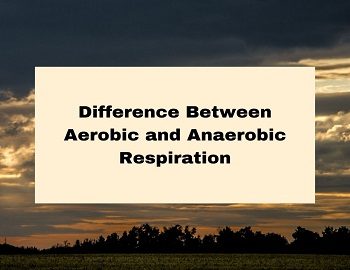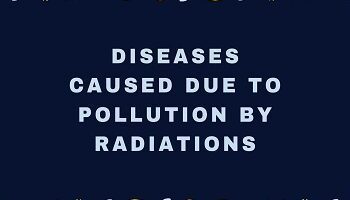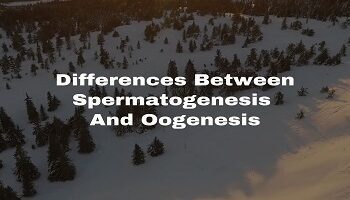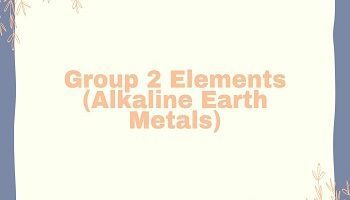What is Respiration?
The term respiration was coined by Pepys (1966). Respiration is a biochemical energy-releasing enzymatically controlled process where food is oxidized for step-wise release of energy. During this process, the cell oxidizes the food (glucose) and releases carbon dioxide, water, and energy. This energy is stored in a biomolecule (ATP molecule) and is utilized constantly for carrying out different cellular activities.
Difference Between Aerobic and Anaerobic Respiration:
The following are the points of difference between Aerobic and Anaerobic respiration-
| Aerobic Respiration | Anaerobic Respiration |
|---|---|
| Aerobic respiration takes place in the presence of free oxygen. | Anaerobic respiration takes place in the absence of free oxygen. |
| There is an exchange of oxygen and carbon dioxide between the cells and their environment. | Respiratory exchange of gases is not involved as oxygen is not absorbed by respiring cells. |
| The respiratory substrate is completely broken down. | The respiratory substrate is incompletely broken down. |
| The end products are inorganic. | At least one of the end products is organic. Inorganic substances may or may not be produced. |
| It produces carbon dioxide. | Carbon dioxide may or may not be produced. Wherever formed, it is produced in a comparatively smaller quantity. |
| Metabolic water is formed as one of the end products. | Metabolic water is not produced. |
| One gram mole of glucose gives rise to 38 ATP molecules. | One gram mole of glucose gives rise to 2 ATP molecules. |
| Aerobic Respiration occurs in cytoplasm and mitochondria. | Anaerobic Respiration occurs only in the cytoplasm. |
| Aerobic Respiration occurs in four steps- glycolysis, link reaction, TCA or Krebs cycle, and terminal oxidation. | Anaerobic Respiration takes place in two steps- glycolysis and fermentation. |
| Aerobic Respiration occurs in all living cells of higher organisms. | Anaerobic Respiration is found in fewer organisms, mostly in endoparasites and submerged aquatics. |
| An electron transport chain is required. | An electron transport chain or system is not required. |
| Oxygen is the ultimate acceptor of electrons and protons. | Pyruvate or its derivative is the acceptor of electrons and protons. |
- Energy production in prokaryotes during aerobic respiration is 38 ATPs.
- Energy production in eukaryotes during aerobic respiration is 36 ATPs.









Comments (No)